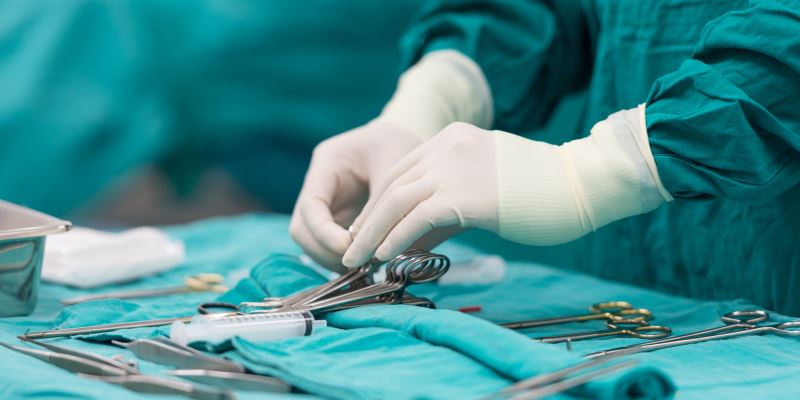How To Prevent Scar Tissue Development After Spine Surgery
Category: Spine Surgery | Author: Stefano Sinicropi

Scar tissue is part of your body’s natural reaction to trauma. The soft tissues in our bodies are made of collagen, and when trauma damages these tissues, scar tissue forms in order to help repair the tissue. This fibrous tissue bands to the damaged soft tissues in order to draw the damaged fibers back together, but scar tissue is not as mobile as healthy soft tissue. Because it is more dense than healthy tissue, scar tissue can limit function, movement, circulation and even affect nerves in the area.
Surgery is a type of trauma, so you are going to experience some scar tissue development after a surgical operation. However, with proper treatment, development can be limited and more mobility can be restored. Here’s a look at how you can limit scar tissue development after a spinal surgery.
Stretching Is Key
Although all spine surgeries are different, surgeons oftentimes need to cut through healthy muscle tissue in order to access the problemed area of your spine. Scar tissue can develop in these locations, but it can also develop at the surgical site. The key to preventing excesses scar tissue buildup after spinal surgery is to stretch and break up the scar tissue as it develops.
Stretching is beneficial for the prevention of scar tissue for a number of reasons. For starters, stretching helps to mobilize the area. Scar tissue restricts normal movement unless you work to increase mobility in the area as it’s developing. Once the tissue has solidified, movement will be restricted unless a doctor surgically addressed the scar tissue. So if you work on breaking up this scar tissue as it forms, it won’t solidify in such a way that will restrict movement.
Spinal Nerve Issues
Another reason stretching is beneficial is because it can help scar tissue from forming around nerves. Scar tissue itself is incapable of relaying pain signals, but the nerve root can develop fibrous adhesions that can lead to pain. Stretching can help reduce these fibrous adhesions from forming, decreasing your likelihood of chronic pain. Lastly, stretching is beneficial because it helps allow for the passage of healthy oxygenated blood and vital nutrients to the damaged area of the spine, which promote healthy tissue growth.
Stretching is the best thing you can do to help prevent excess buildup of scar tissue, but it’s important that you don’t begin a stretching regimen too quickly or too intensely after surgery, as doing so could compromise the operation. Talk to your doctor about your specific surgery and when you can begin a stretching routine to prevent scar tissue formation. Generally your doctor will recommend anywhere from 6-12 weeks of moderate stretching once your spine is healthy enough to handle the movement. The first 12 weeks are when scar tissue is most effectively mitigated, so don’t put it off until later if your spine surgeon suggests that your back is healthy enough to begin stretching.